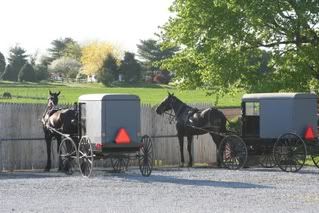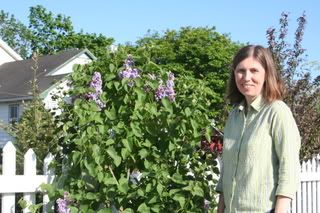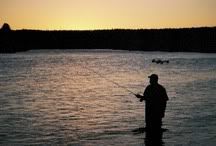Tracy and I flew into Philly on Monday and ended up in the town of Plymouth Meeting for lunch.
The next morning I saw some elk on the way to the Station near Austin, PA.
We drove back to Philly through the Amish country. The weather was great and it was nice to be out of the office for a little while.
We continued the trip by flying back to Houston, then getting on another flight to Tulsa. After only one night and a day in Tulsa we finished out the trip by heading back to Houston.
The waters are calling me.........
According to Wikipedia:
A lime kiln is used to produce quicklime by heating limestone.
The common feature of early kilns was an egg-cup shaped burning chamber, with an air inlet at the base (the "eye"), constructed of brick. Limestone was crushed to fairly uniform lumps. Successive dome-shaped layers of coal and limestone were built up in the kiln on grate bars across the eye. When loading was complete, the kiln was kindled at the bottom, and the fire gradually spread upwards through the charge.
When burnt through, the lime was cooled and raked out through the base. Fine coal ash dropped out and was rejected with the "riddlings". Only lump stone could be used, because the charge needed to "breathe" during firing. This also limited the size of kilns and explains why kilns were all much the same size. Above a certain diameter, the half-burned charge would be likely to collapse under its own weight, extinguishing the fire.
Kilns always made 25-30 tons of lime in a batch. Typically the kiln took a day to load, three days to fire, two days to cool and a day to unload, so a one-week turnaround was normal. The degree of burning was controlled by trial and error from batch to batch by varying the amount of fuel used.
Because there were large temperature differences between the center of the charge and the material close to the wall, a mixture of under-burned, well-burned and dead-burned lime was normally produced. Typical fuel efficiency was low, with 0.5 tons or more of coal being used per ton of finished lime.
Who knew?

Early Morning Elk near Austin, PA
More information about Pennsylvania elk can be found HERE.

Dogwood Blossoms in Lock Haven, PA

Buggy Rides in Bird in Hand, PA

Sheep on an Amish Farm

Lilac

Amish "Horsepower"

Farm Scene near Intercourse, PA

Field Work
I saw lots of water and plenty of Pennsylvania fishermen. I didn't bring a rod on this trip as I had important folks to visit and business to attend to.It was a busy but productive week and the weather looks good for the weekend.
Stay tuned!


2 comments:
Wow great pictures, what a place for a camera! It looks like you made the most of it.Glad that you had a good and productive week.
No bird in hand story?? That was too goood!
Post a Comment